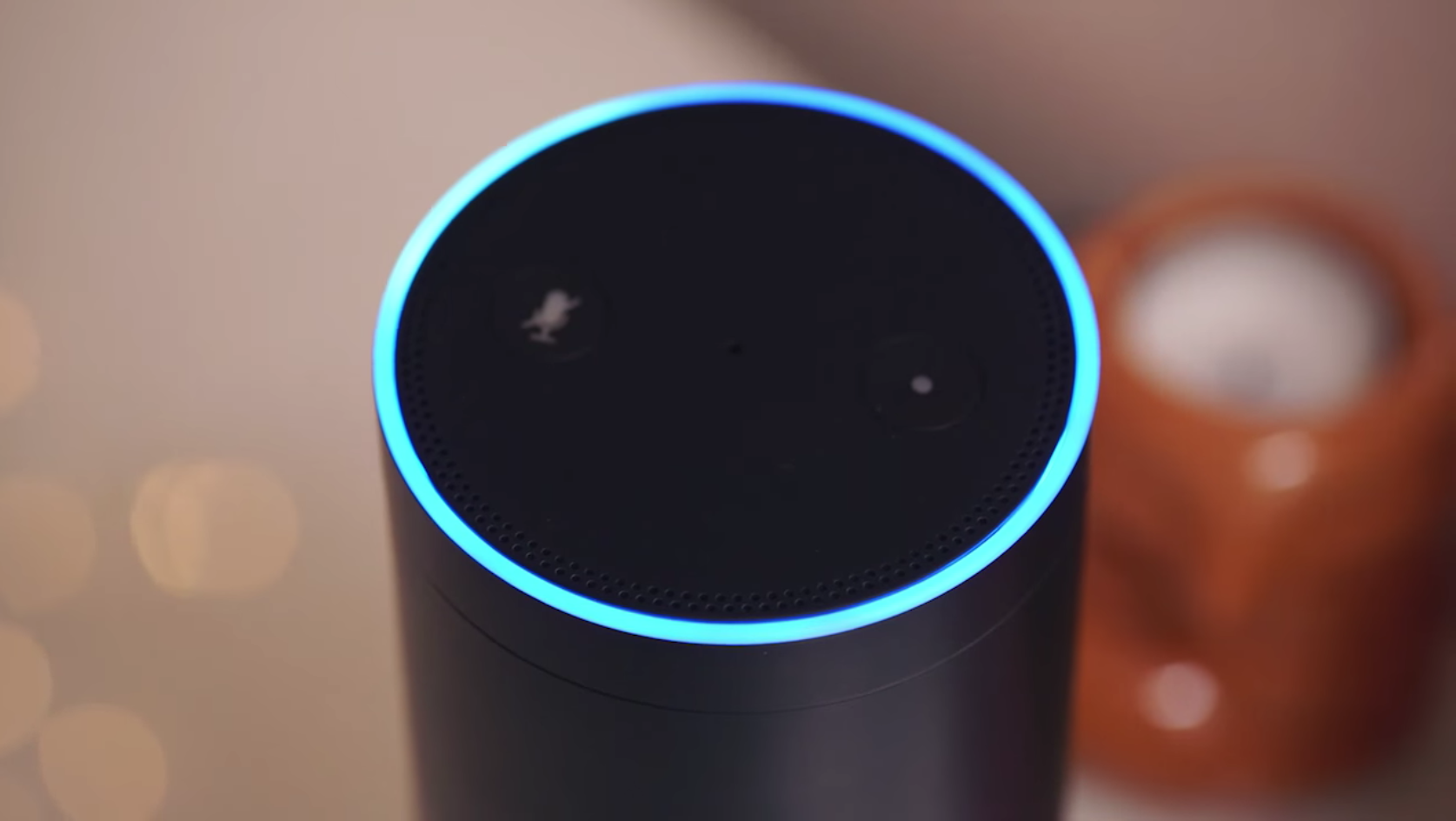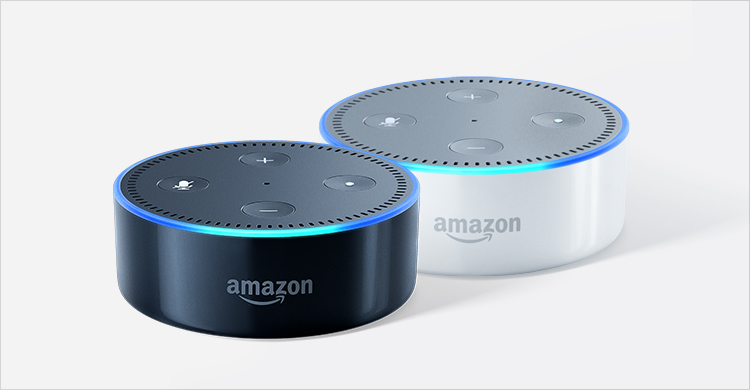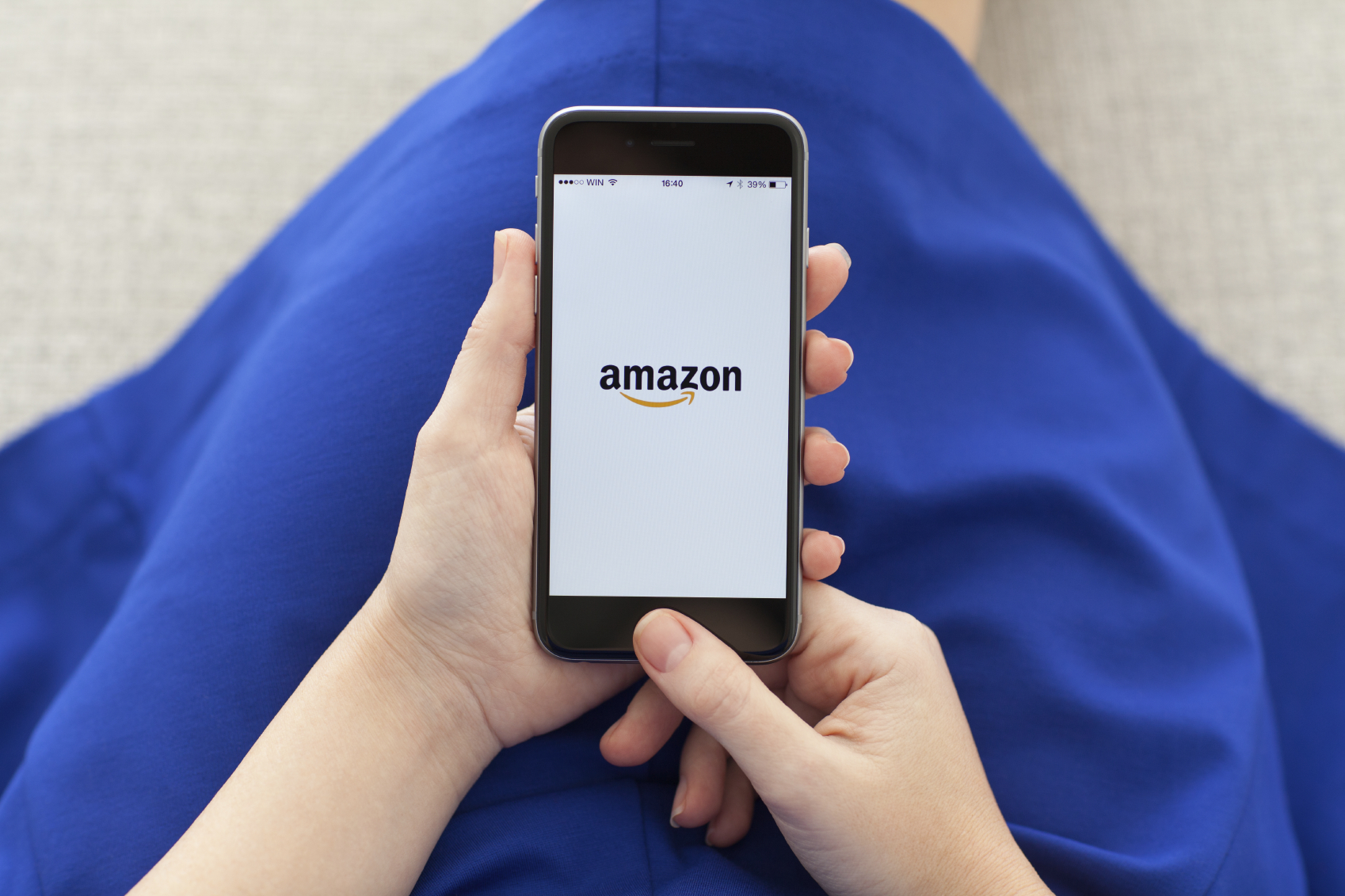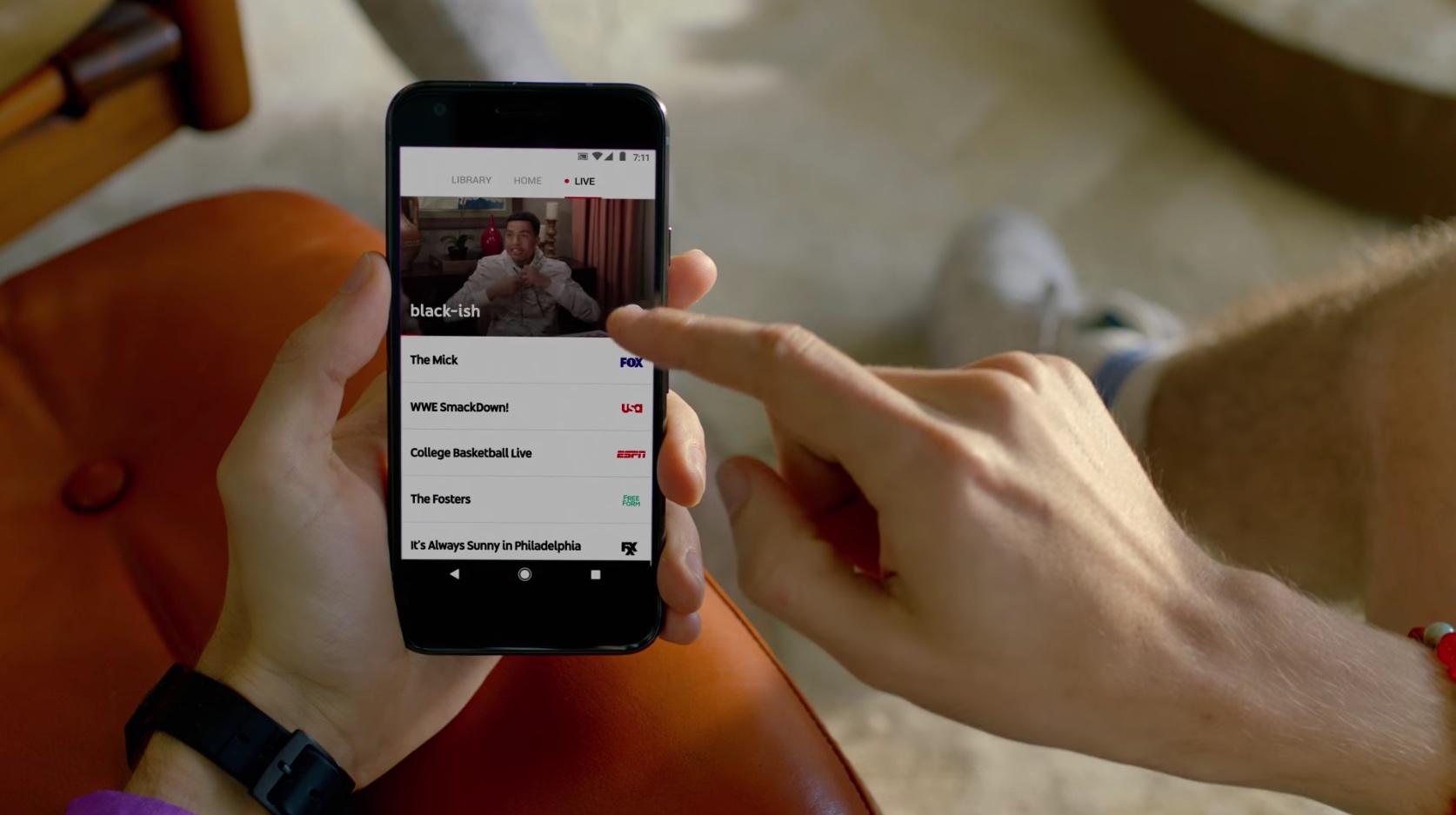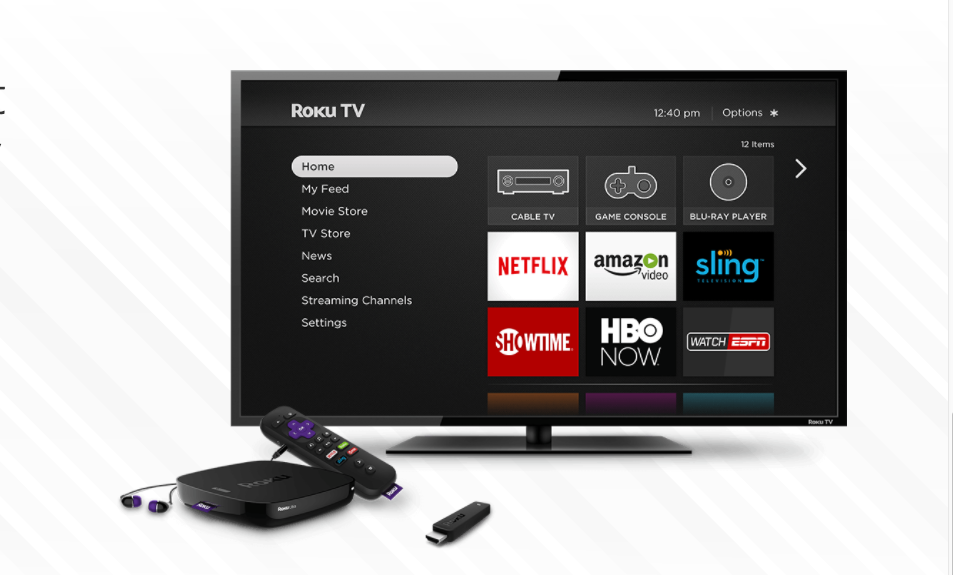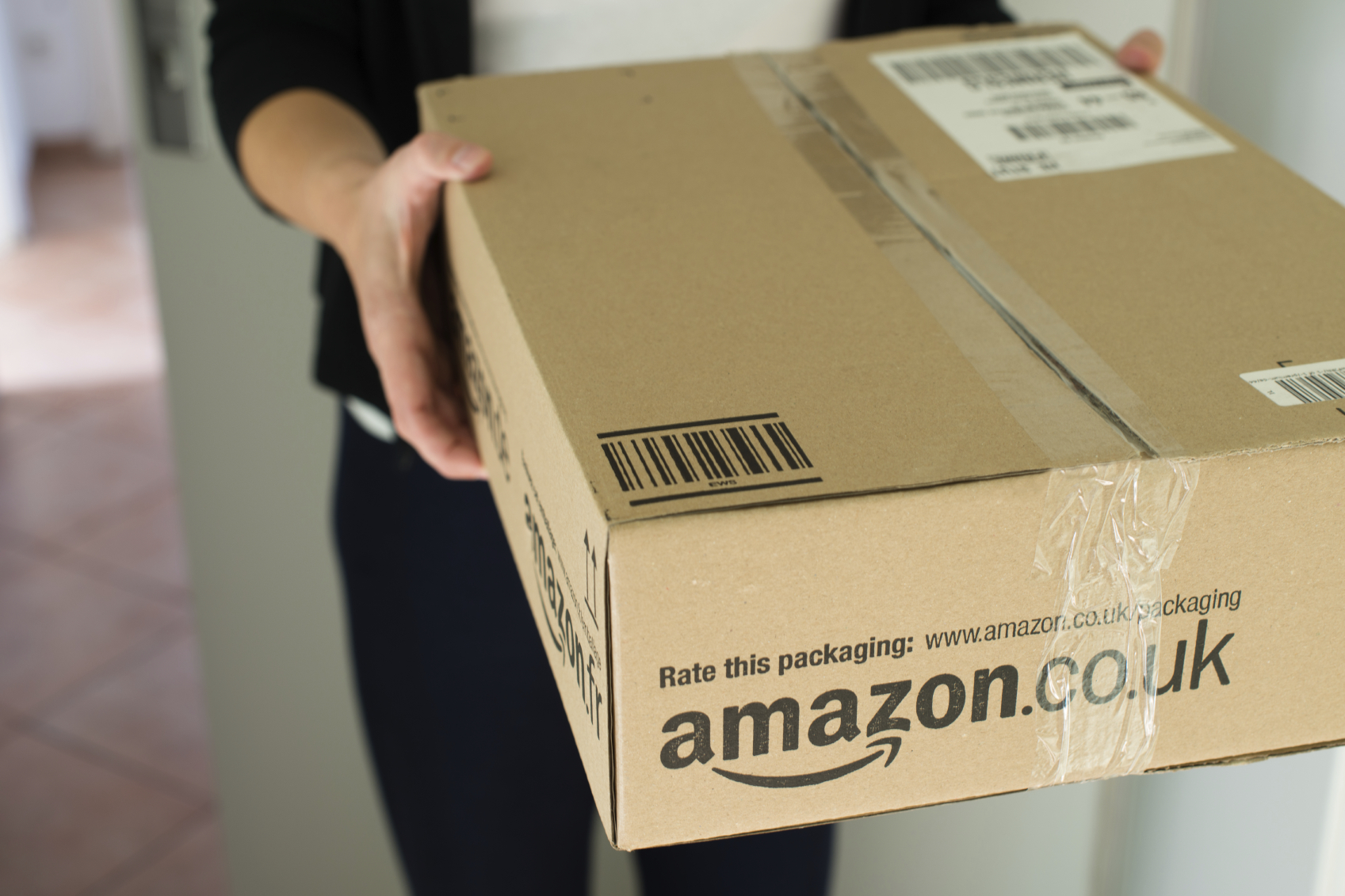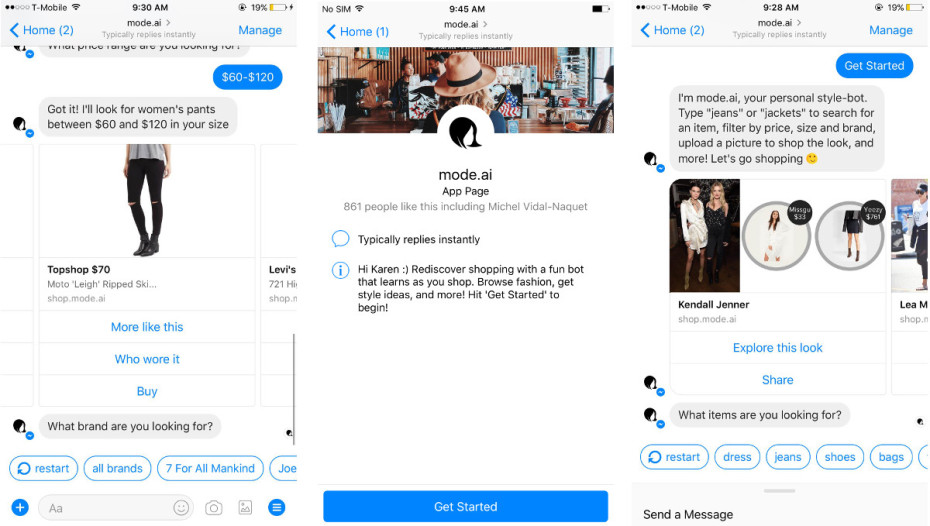What Happened
Amazon is making it even easier for Alexa users to discover and activate new skills, which is Amazon’s way of calling voice-only app for its voice assistant made by third-party developers. Amazon has added a functionality to catch failed launch intents of non-enabled skills and allow users to invoke skills that haven’t been enabled by saying valid invocation utterances. This means Alexa-users will no longer need to pre-enable skills before using them.
Previously, users have to enable a skill via the Alexa app on their mobile devices before they can use it on Alexa. Those who failed to do will be greeted with an error message and a prompt designed to teach the customer how to enable the skill.
This addition also offers a certain level of flexibility by allowing utterances similar to the rigid invocation pattern to result in skill enablement. For example, users can say either “Open up the Jeopardy game,” “Start up Jeopardy,” or “Launch the Jeopardy skill,” all of which will launch the Jeopardy skill for them even if it has not been enabled before.
What Brands Need To Do
This is a small yet significant update for the Alexa Voice Service, which allows third-party skills to be invoked without prior enablement. This not only makes for a smoother user experience but also removes a lot of the frictions in getting Alexa users to try out the skills made by brands. Now, marketing campaigns can feature skill utterances that work for customers whether or not they’ve enabled a skill allowing for easier discovery and repeated use.
According to a report from analytics firm VoiceLabs, about 33 million voice-first devices will be in circulation by the end of 2017. Therefore, It is up to brands to start working with developers to figure out their brand voice and incorporate conversational tools into their marketing efforts.
How We Can Help
The Lab has extensive experience in building Alexa Skills and chatbots to reach consumers on conversational interfaces. So much so that we’ve built a dedicated conversational practice called Dialogue. The “Miller Time” Alexa Skill we developed for Miller Lite is a good example of how Dialogue can help brands build a conversational customer experience, supercharged by our stack of technology partners with best-in-class solutions and an insights engine that extracts business intelligence from conversational data.
If you’d like to learn more about how to effectively reach consumers on conversational interfaces, or to leverage the Lab’s expertise to take on related client opportunities within the IPG Mediabrands, please contact our Client Services Director Samantha Holland ([email protected]) to schedule a visit to the Lab.
Source: CNET
